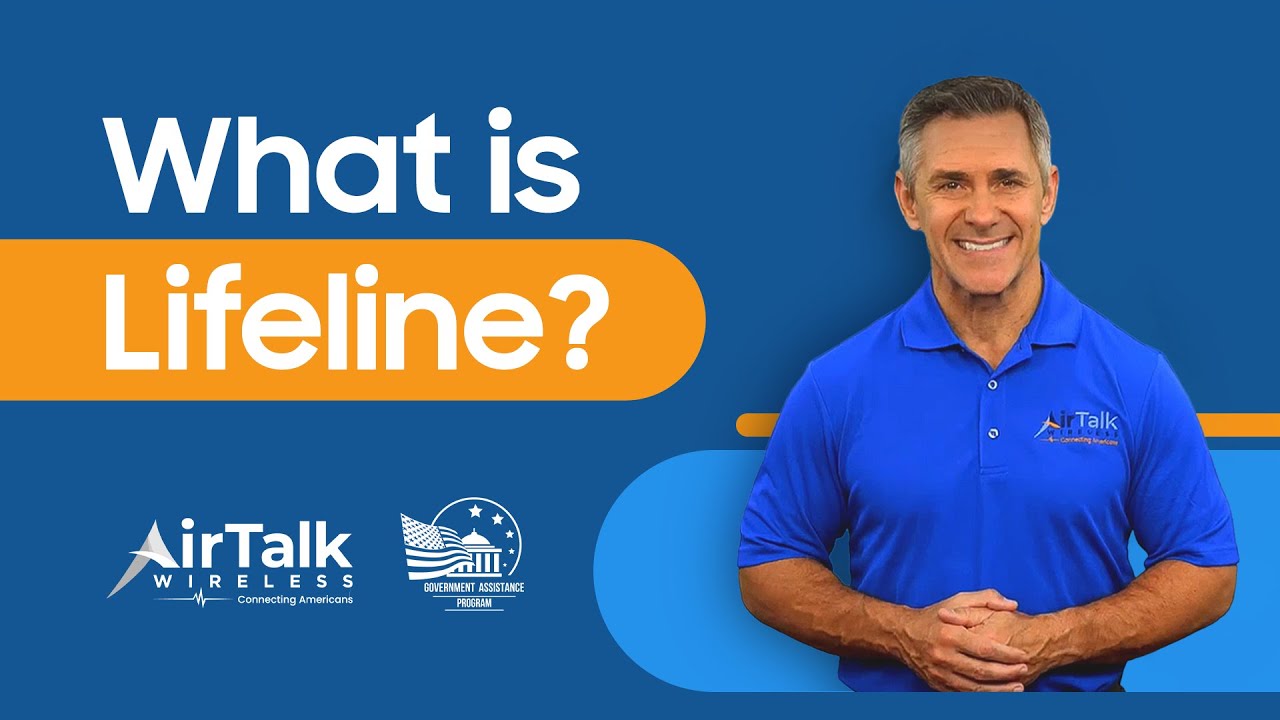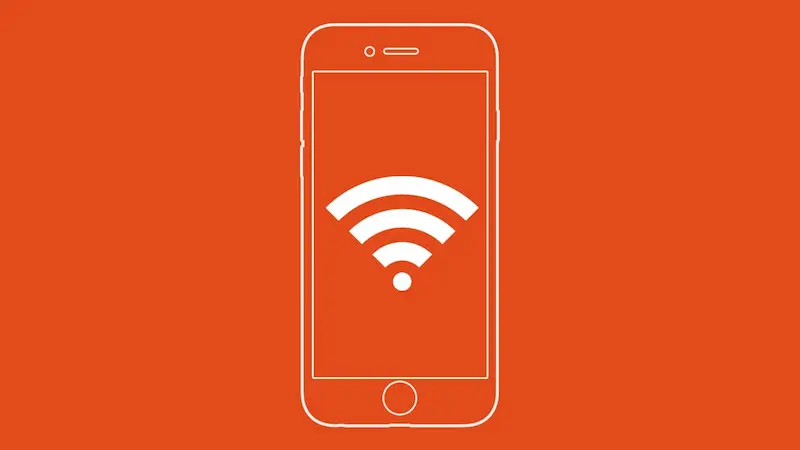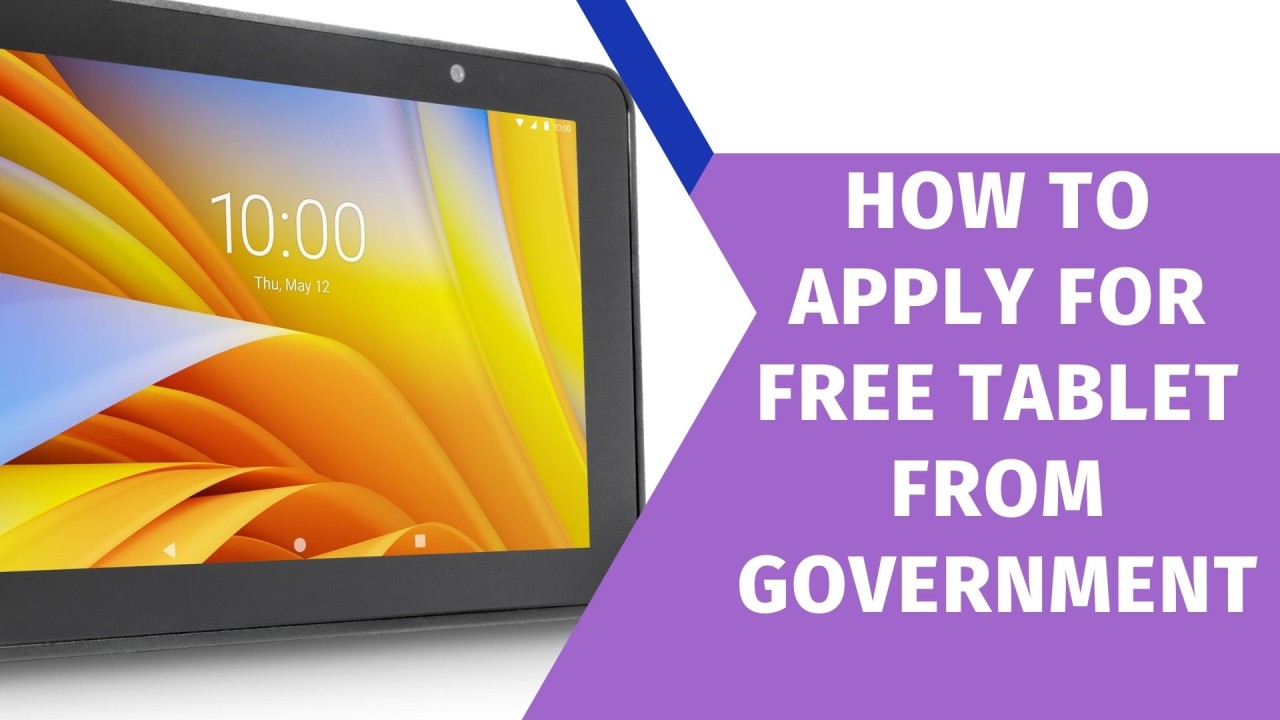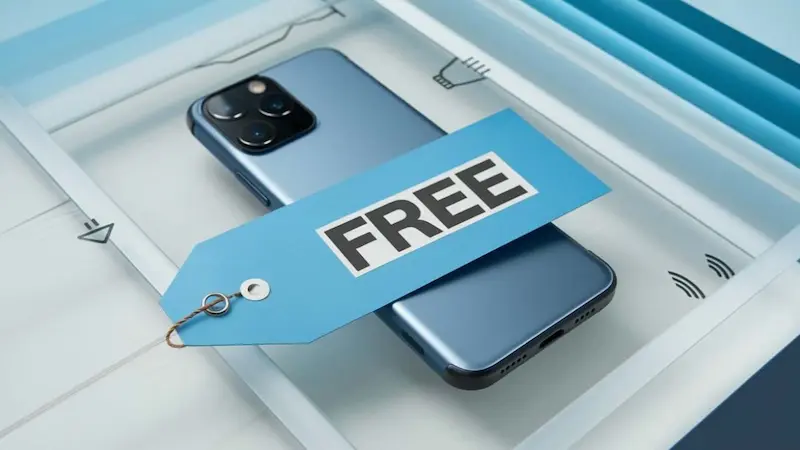How Does One Apply for the Lifeline Program?
The application process for the Lifeline Program has been designed to be straightforward and user-friendly, enabling low-income households to access essential telecommunications services with relative ease.
Application Methods
Online Application: Applicants can apply directly through the official Lifeline website. The online application allows users to fill out forms at their convenience while also providing resources that guide them through the necessary steps. This digital approach can speed up processing times compared to traditional methods.
Mail Application: For those without internet access or who prefer paper forms, a mail-in application is also available. Prospective beneficiaries can download the application from the website, fill it out at their convenience, and send it through the postal service.
Required Documentation
Regardless of the application method chosen, applicants must provide specific documentation to verify their eligibility. This includes:
- Personal Information: Applicants must supply their name, home address, date of birth, and the last four digits of their Social Security number.
- Proof of Eligibility: This documentation varies based on the qualifying criteria used. For income-based applications, individuals might be required to provide pay stubs, tax returns, or benefit letters. Those qualifying through participation in federal programs would need to submit relevant documentation or benefit statements that confirm their current status.
Upon approval, beneficiaries have the flexibility to choose a Lifeline service provider. This choice allows them to select the plan that most effectively suits their needs, providing options that can range from basic telephone services to more comprehensive broadband internet services.

Next Page
You May Also Like
-

What is the Lifeline Program?
Initially established as part of the Universal Service Fund (USF), Lifeline began with the straightforward objective of providing discounted landline telephone services to low-income households.
-

How Free Internet Services Can Help Low-Income Families Stay Connected
Free internet services can dramatically reduce financial strain for low-income families by relieving them of the burden of internet costs and enabling better financial management. This, in turn, enhances their overall quality of life and affords them greater financial stability.
-

How to Qualify for Free Internet and WiFi in Your Area
Learn how to qualify for free internet and WiFi through programs like ACP and Lifeline. Discover eligibility criteria, application steps, and benefits for low-income families.
Popular Blog
-

Affordable Alternatives When You Don’t Qualify for Free Government Phones in the U.S.
Don’t qualify for a free government phone like Lifeline? This article explores affordable options for staying connected. Discover prepaid plans, discounted deals, the used phone market, and how to leverage free Wi-Fi and community resources to maintain essential communication on a budget.
-

How to Get a Free Tablet from Government Programs
In this article, we’ll explore these programs, the types of tablets you can get, and the carriers currently participating in these initiatives.
-

How to Check Your Eligibility for Free Cell Phones and Services
Learn how to check your eligibility for free cell phones and services through programs like Lifeline and ACP. Discover income-based requirements, application steps, and benefits.





